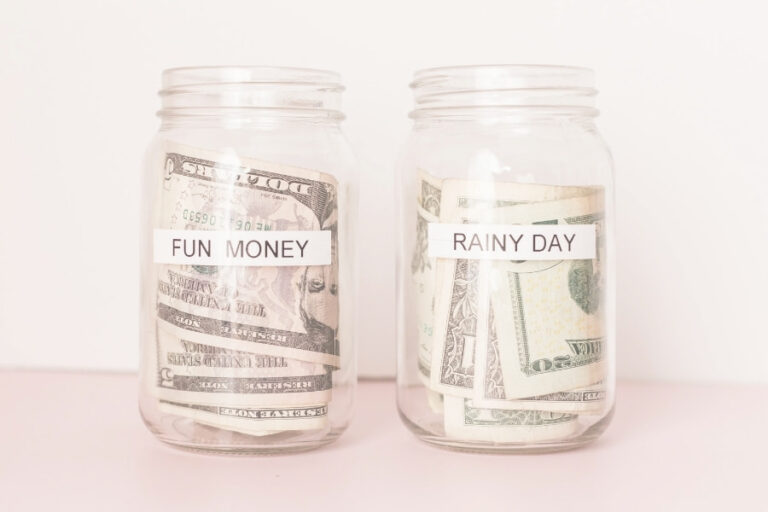Depression Symptoms, Types, and Treatment Options Explained
Depression is more than just feeling sad or going through a tough time. It is a serious mental health condition that affects how a person feels, thinks, and functions in daily life. For many, depression makes even simple tasks feel overwhelming.
The good news is that depression is treatable, and with the right care, people can recover and live fulfilling lives. Understanding the symptoms, types, and treatment options is the first step toward healing.
How Common Is Depression?
Depression is one of the most widespread mental health conditions worldwide. According to the World Health Organization (WHO), about 280 million people globally live with depression【WHO, 2021】. In the United States alone, the National Institute of Mental Health (NIMH) reports that 8.3% of adults experienced at least one major depressive episode in 2021【NIMH, 2022】.
These numbers show that depression is not rare—it is something millions of people face every day.
Symptoms of Depression
Depression symptoms vary from person to person, but they generally affect mood, behavior, and physical health. To be diagnosed, symptoms usually must last for at least two weeks.
Emotional Symptoms
- Persistent sadness or emptiness
- Hopelessness or pessimism
- Loss of interest in activities once enjoyed
- Irritability or frustration
- Guilt or feelings of worthlessness
Physical Symptoms
- Changes in sleep (insomnia or oversleeping)
- Changes in appetite or weight
- Fatigue or low energy
- Slowed speech or movement
- Physical aches and pains with no clear cause
Cognitive Symptoms
- Trouble concentrating or making decisions
- Memory problems
- Suicidal thoughts or thoughts of self-harm
If these symptoms interfere with daily functioning, professional help is strongly recommended.
Types of Depression
Not all depression looks the same. Understanding the different types helps in finding the right treatment.
1. Major Depressive Disorder (MDD)
This is the most common form, marked by persistent sadness, lack of interest, and significant impairment in daily life.
2. Persistent Depressive Disorder (Dysthymia)
A chronic form of depression lasting at least two years, with symptoms that may be less severe but more enduring.
3. Bipolar Disorder
While technically different from depression, bipolar disorder involves episodes of depression alternating with periods of mania or elevated mood.
4. Postpartum Depression
Affects women after childbirth, with symptoms of sadness, exhaustion, and anxiety that go beyond the “baby blues.” According to the CDC, about 1 in 8 women experience postpartum depression【CDC, 2021】.
5. Seasonal Affective Disorder (SAD)
Occurs during certain times of the year, often in winter when daylight hours are shorter. Symptoms improve with seasonal changes.
6. Premenstrual Dysphoric Disorder (PMDD)
A severe form of premenstrual syndrome (PMS) that causes mood swings, irritability, and depressive symptoms before menstruation.
Causes and Risk Factors
Depression does not have a single cause. It results from a combination of biological, psychological, and environmental factors.
- Biological: Changes in brain chemistry and hormones
- Genetic: Family history of depression increases risk
- Environmental: Stressful life events, trauma, or abuse
- Medical: Chronic illness or certain medications
- Lifestyle: Lack of sleep, poor diet, or substance abuse
Understanding these factors helps tailor treatment to each individual’s needs.
Treatment Options for Depression
The good news is that depression is treatable. Treatment plans often include a combination of approaches.
1. Psychotherapy (Talk Therapy)
Therapy provides a safe space to explore thoughts and feelings. Common methods include:
- Cognitive Behavioral Therapy (CBT): Helps identify and change negative thought patterns.
- Interpersonal Therapy (IPT): Focuses on improving relationships and communication.
- Psychodynamic Therapy: Explores past experiences and emotions to understand current struggles.
Research shows that therapy is highly effective, especially for mild to moderate depression【APA, 2020】.
2. Medication
Antidepressants can balance brain chemicals and improve mood. Common types include:
- SSRIs (Selective Serotonin Reuptake Inhibitors): Such as Prozac or Zoloft
- SNRIs (Serotonin-Norepinephrine Reuptake Inhibitors): Such as Cymbalta or Effexor
- Tricyclic Antidepressants and MAOIs: Older classes used in specific cases
A doctor determines the best option based on symptoms and health history. It may take a few weeks to feel the full effects.
3. Lifestyle Changes
Daily habits play a powerful role in managing depression. Helpful practices include:
- Regular exercise to release endorphins
- A balanced diet rich in whole foods and omega-3 fatty acids
- Quality sleep and consistent routines
- Mindfulness meditation or yoga to reduce stress
4. Alternative and Complementary Treatments
Some people find relief in holistic options, such as:
- Light therapy: For seasonal depression
- Acupuncture or massage therapy: To reduce stress and improve well-being
- Herbal supplements (St. John’s Wort, Omega-3s): Note: always consult a doctor before use
5. Advanced Treatments
For severe depression that does not respond to standard care, advanced options may help:
- Electroconvulsive Therapy (ECT): Safe and effective for treatment-resistant depression
- Transcranial Magnetic Stimulation (TMS): Uses magnetic fields to stimulate brain activity
- Ketamine or Esketamine Therapy: Emerging treatments for rapid symptom relief
When to Seek Help
Seek professional support if:
- Symptoms last more than two weeks
- Depression interferes with work, school, or relationships
- You experience thoughts of self-harm or suicide
If you or someone you love is in crisis, call your local emergency number or a suicide prevention hotline immediately (for the U.S., dial 988).
Supporting a Loved One with Depression
Family and friends can make a difference by:
- Listening without judgment
- Encouraging treatment and offering practical support
- Being patient, since recovery takes time
- Reminding them they are not alone
Conclusion
Depression is a serious but treatable condition. It affects millions worldwide, yet many people recover with the right combination of therapy, medication, and lifestyle changes. Recognizing the symptoms, understanding the different types, and exploring treatment options are key steps toward healing.







